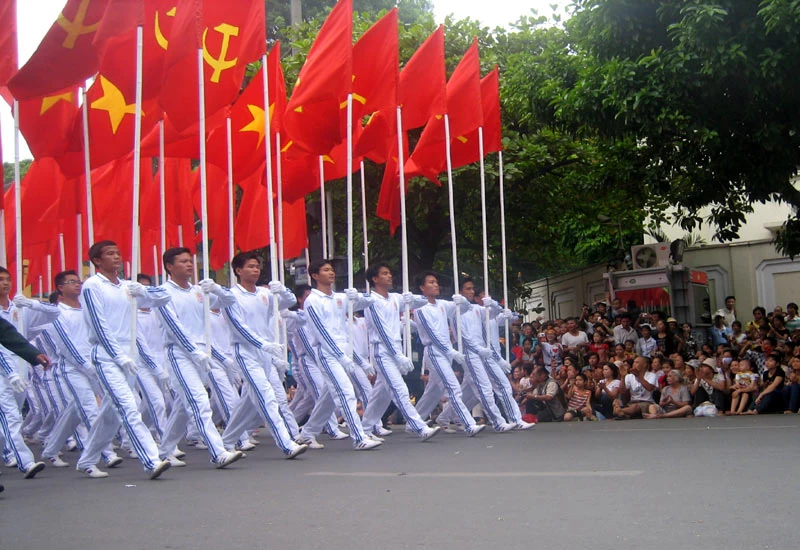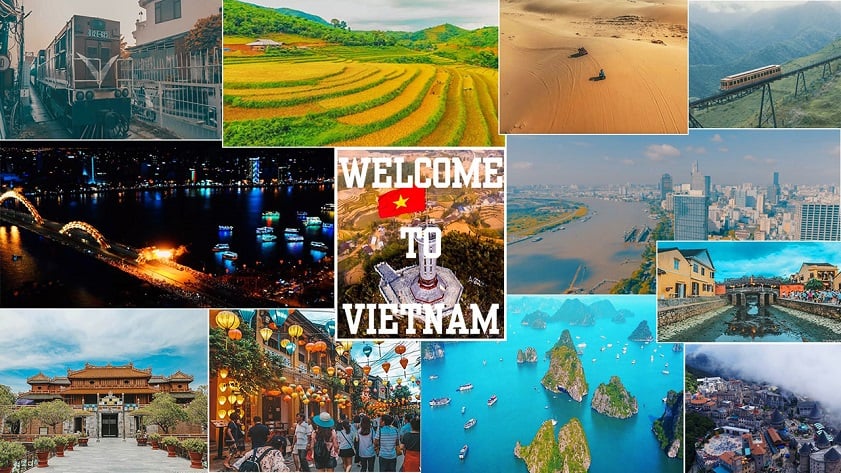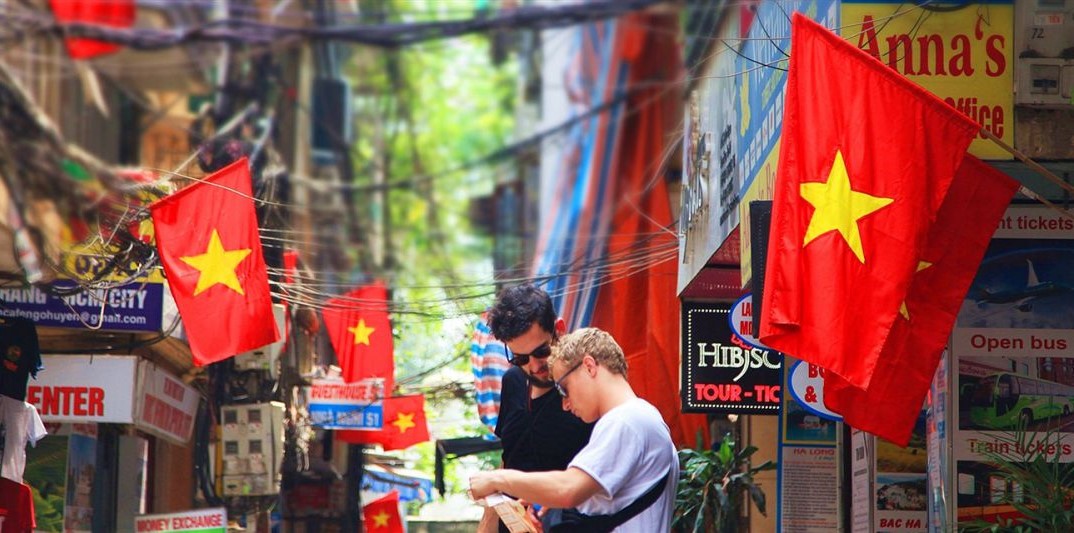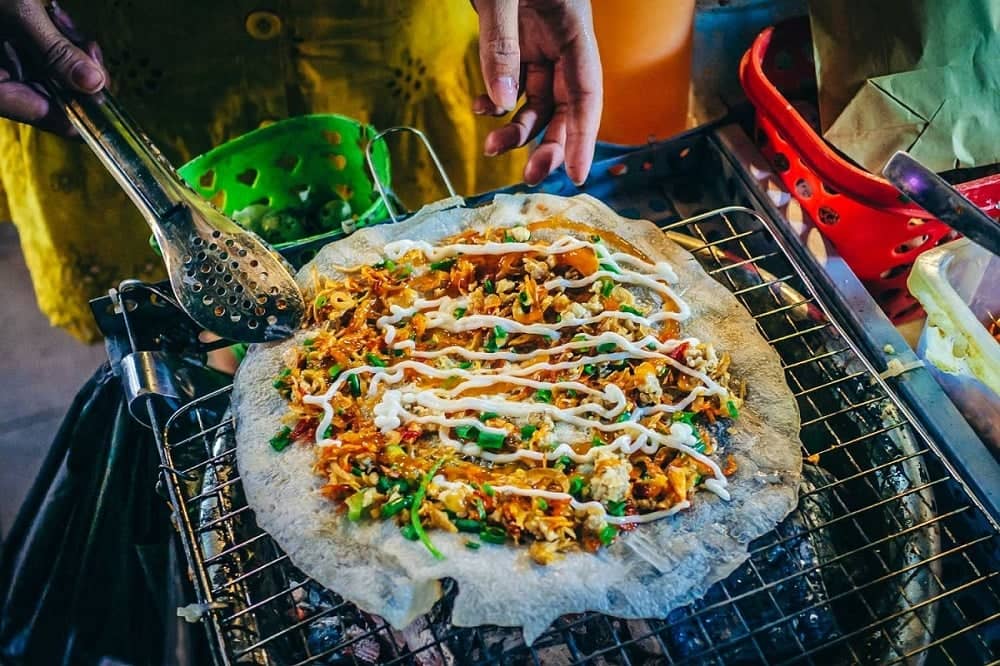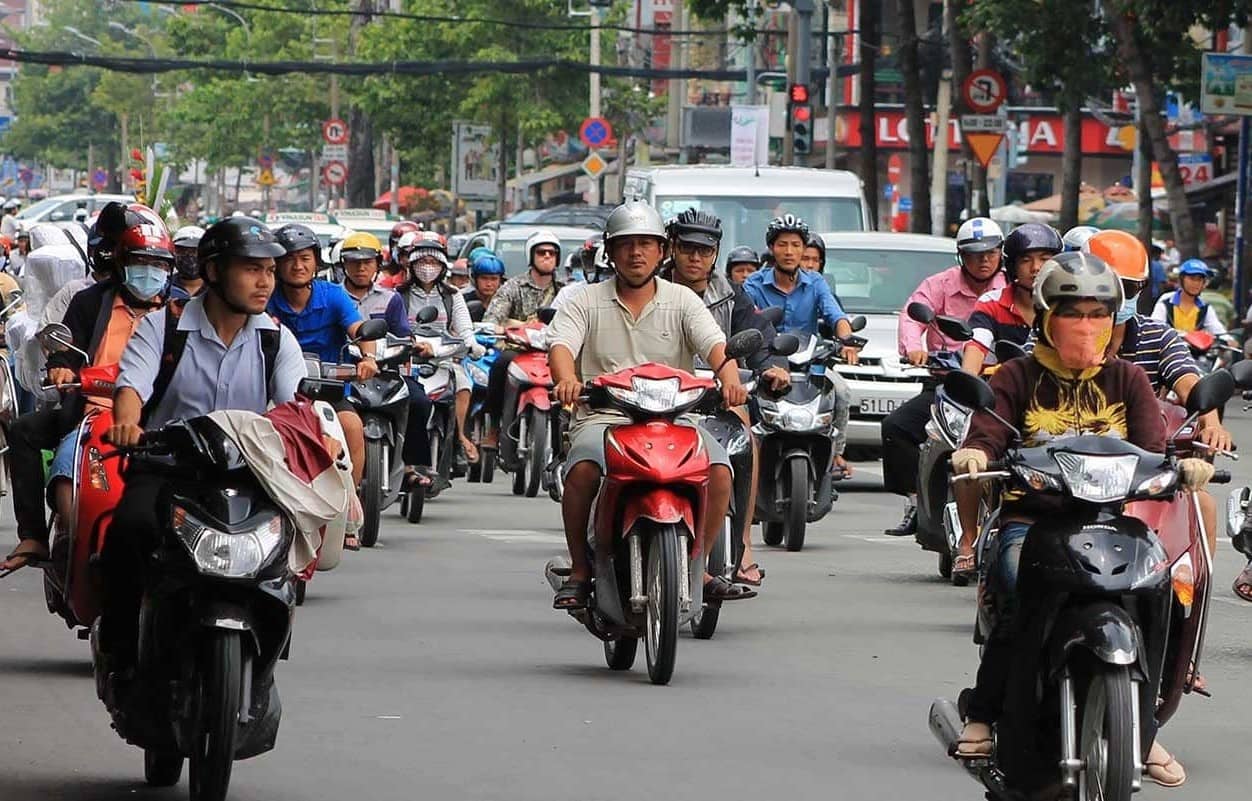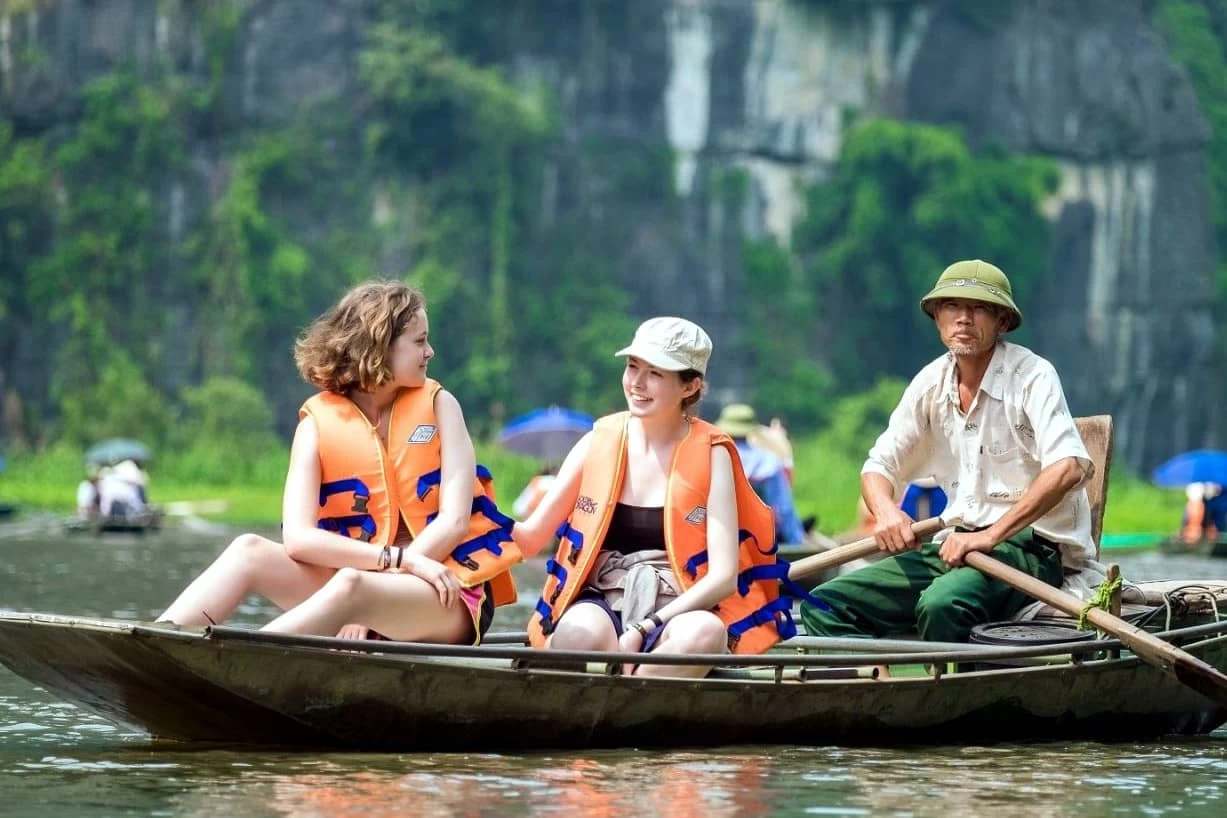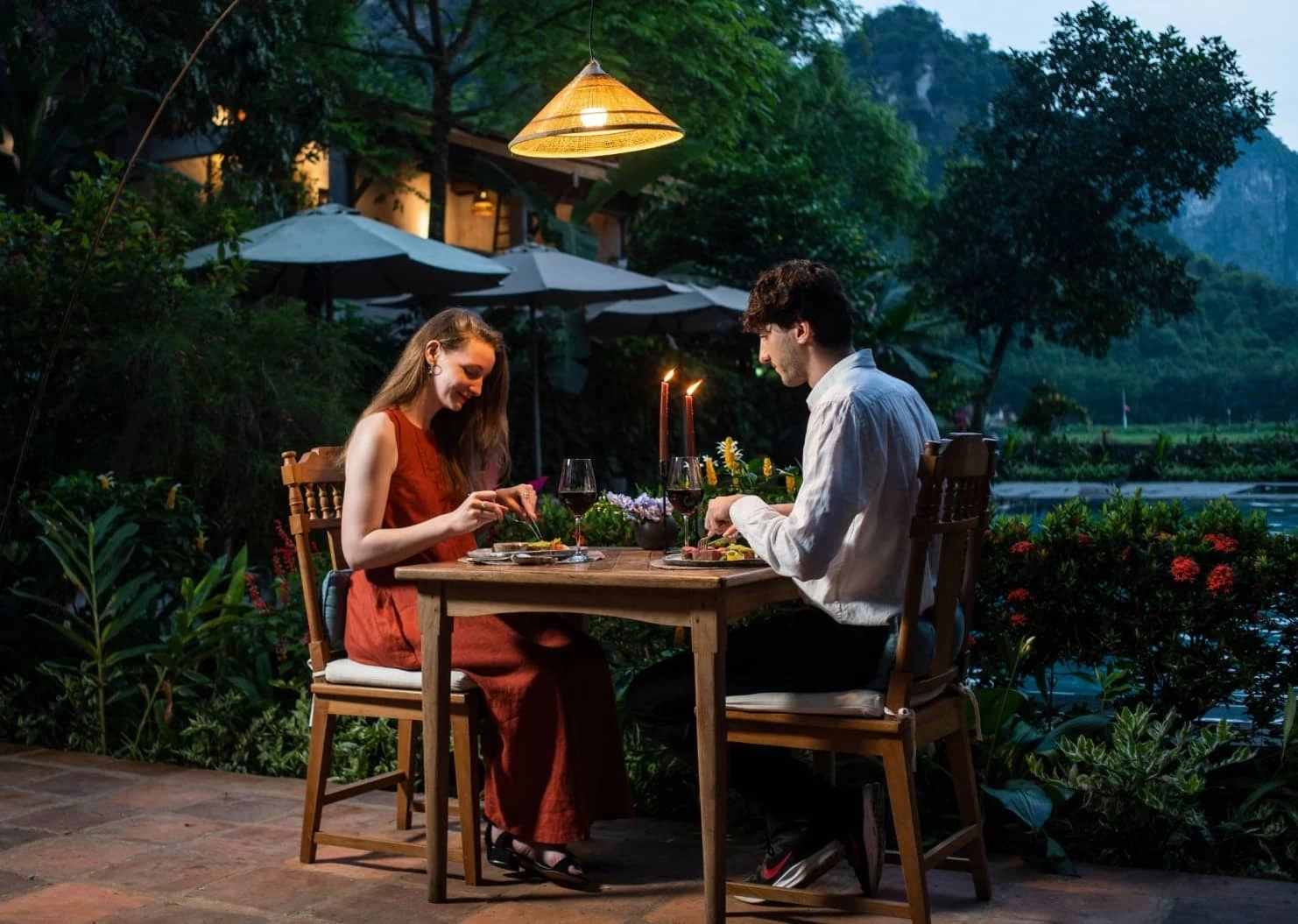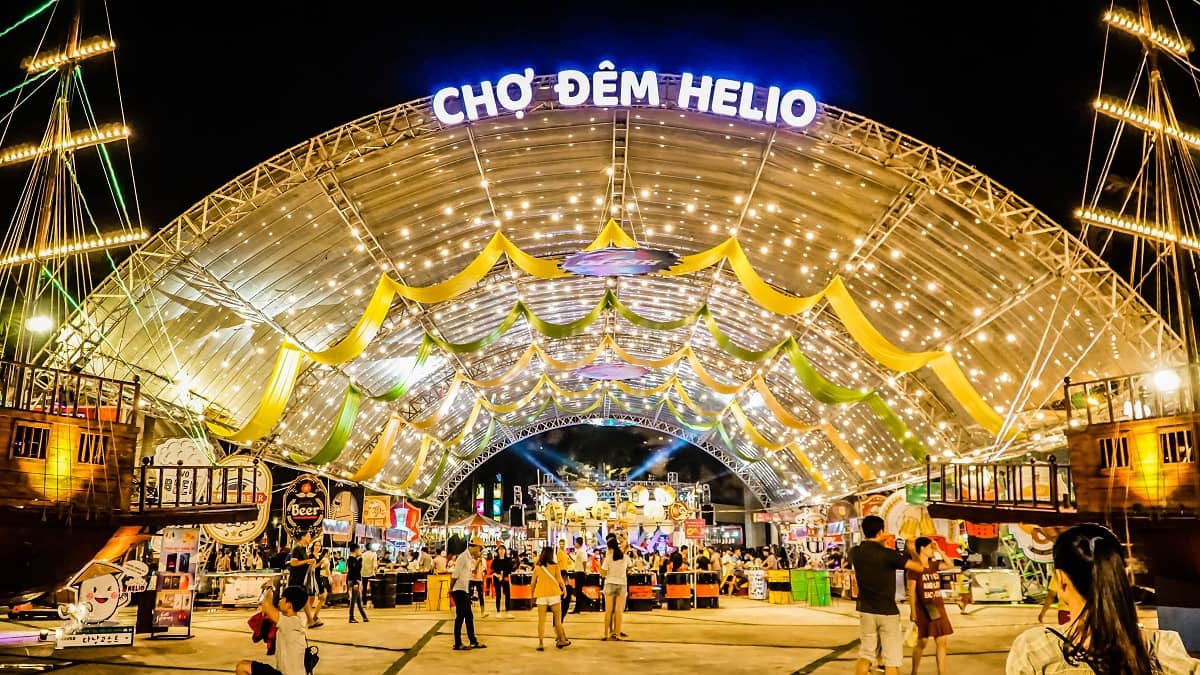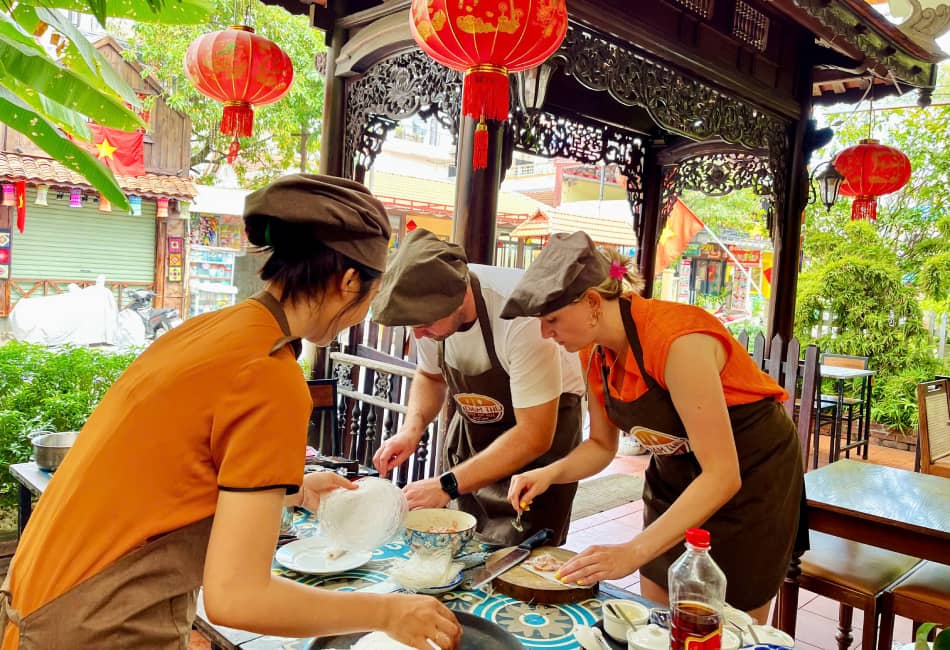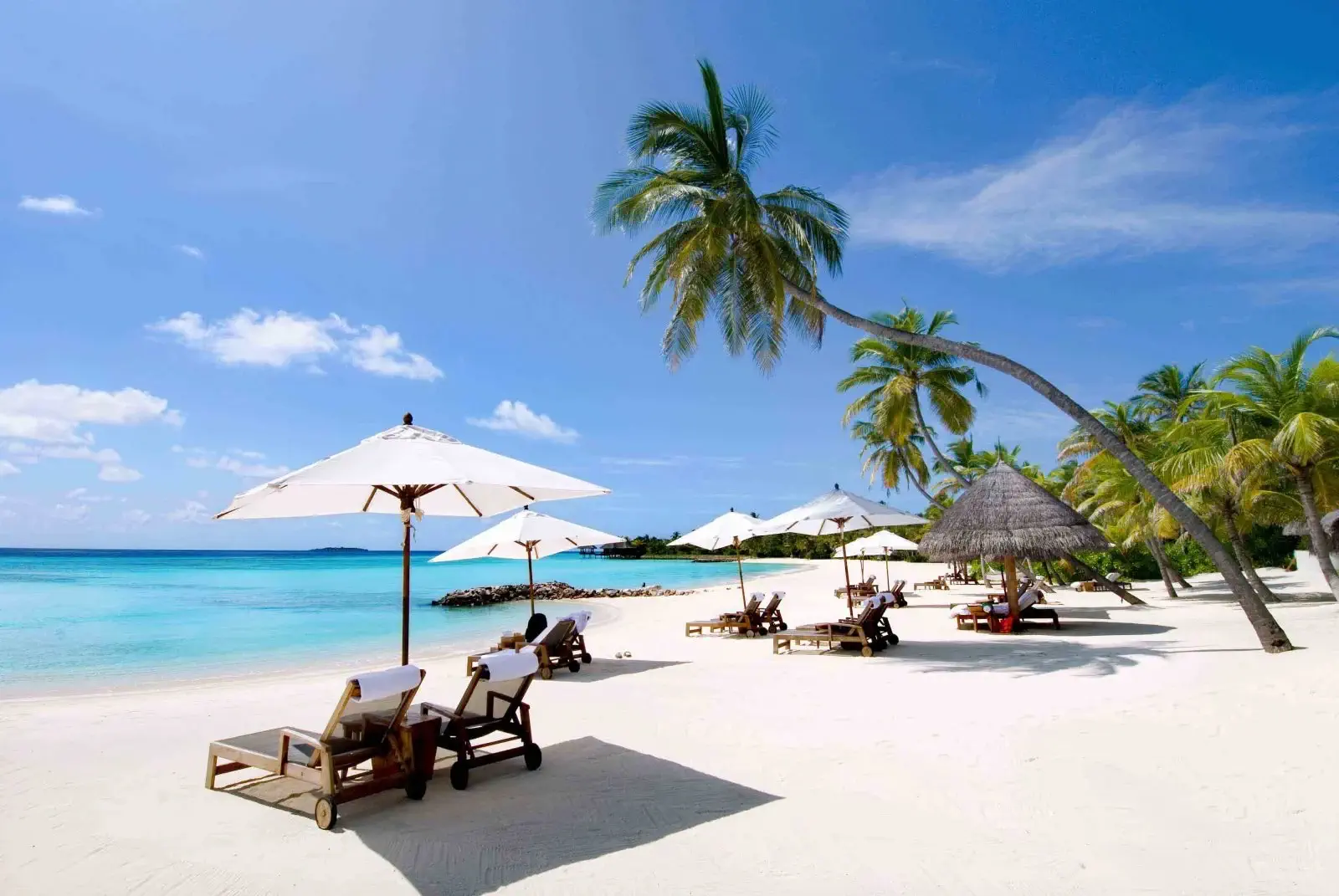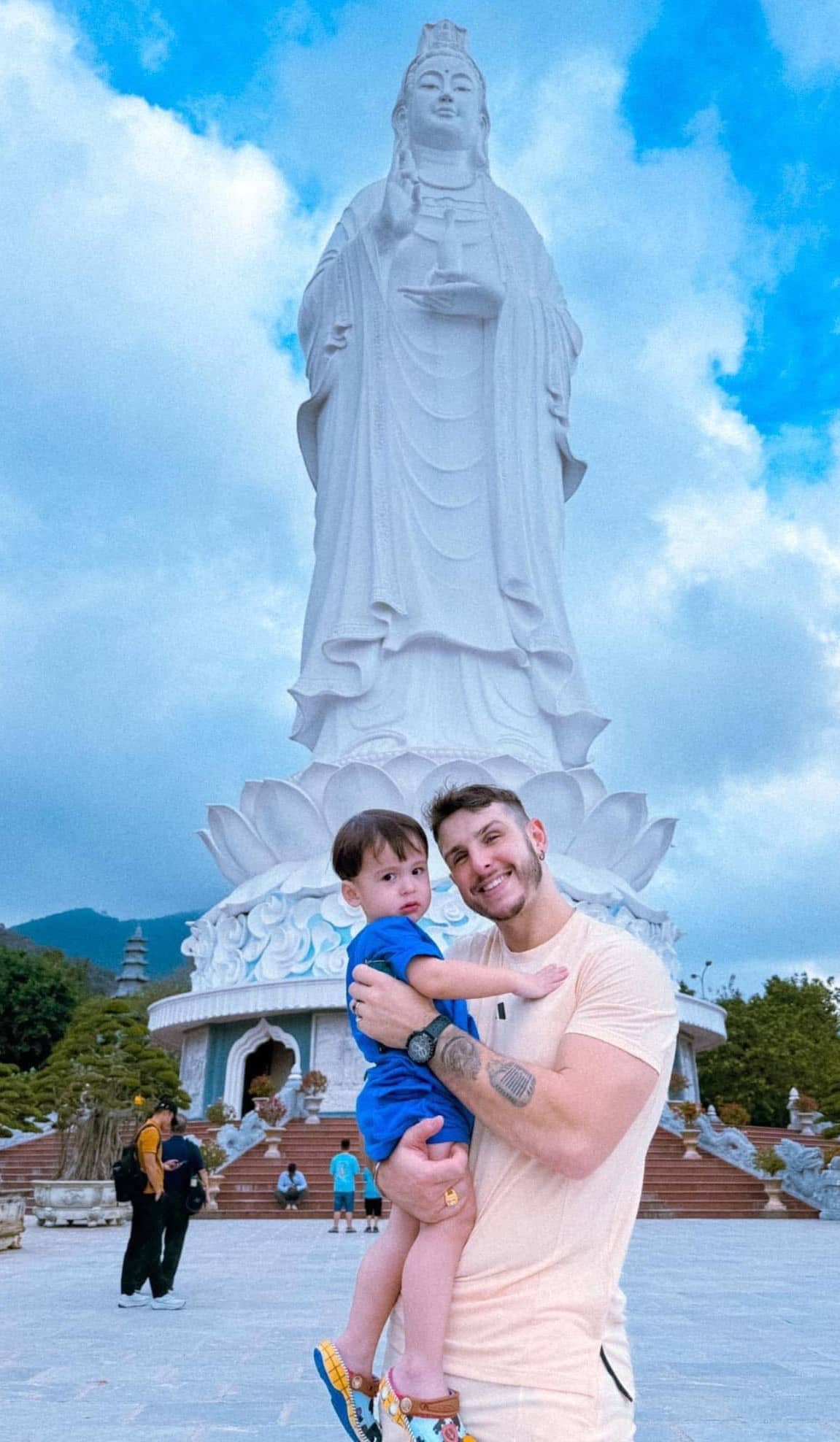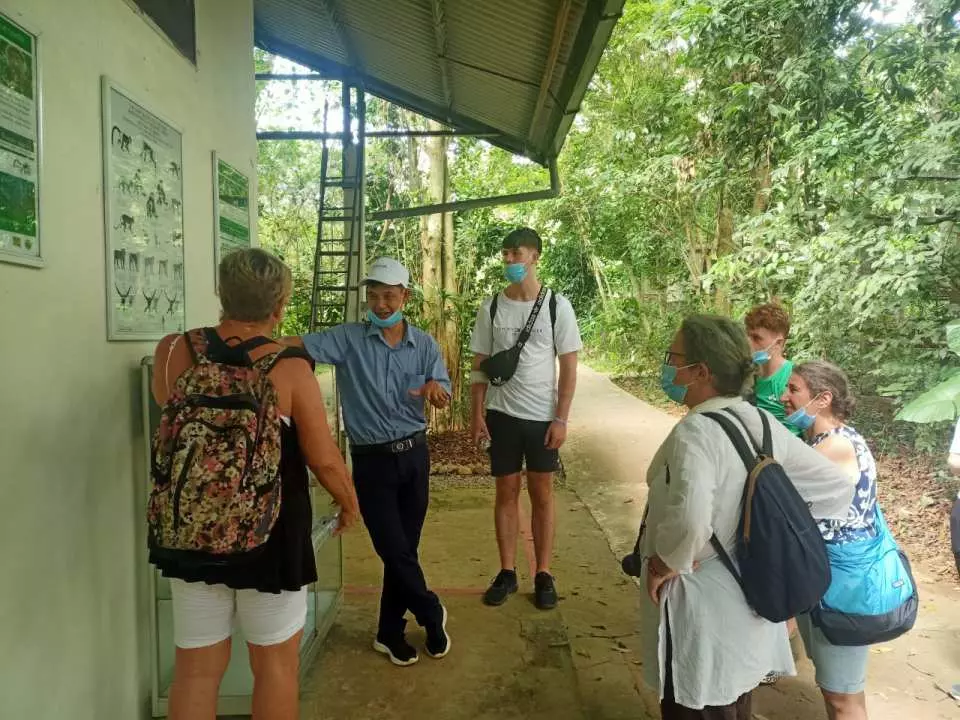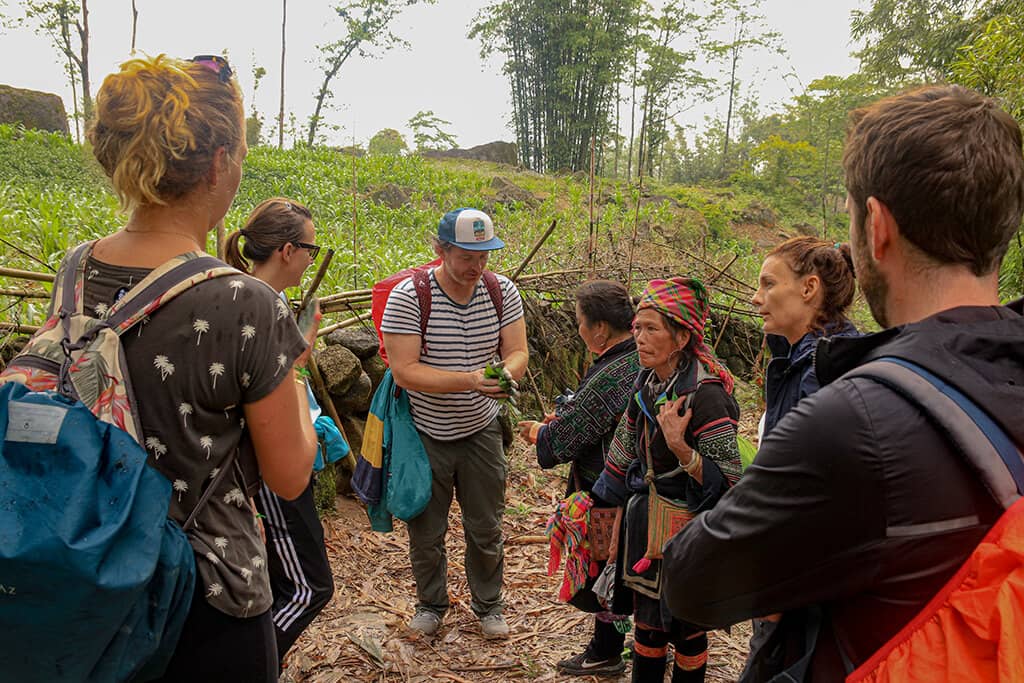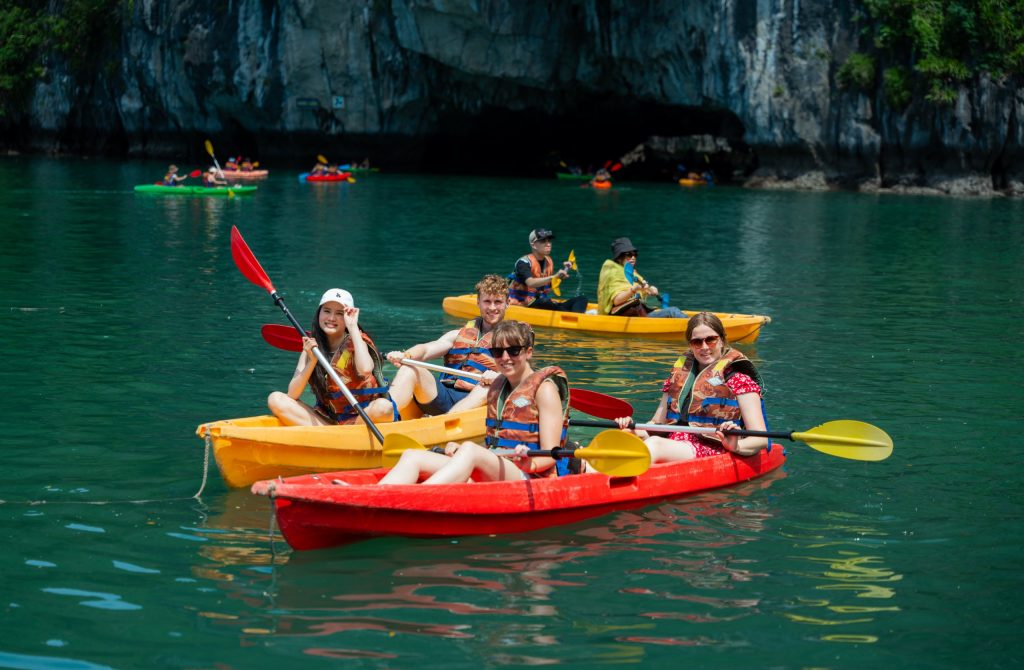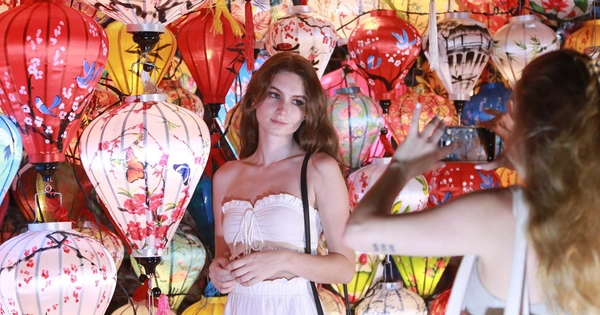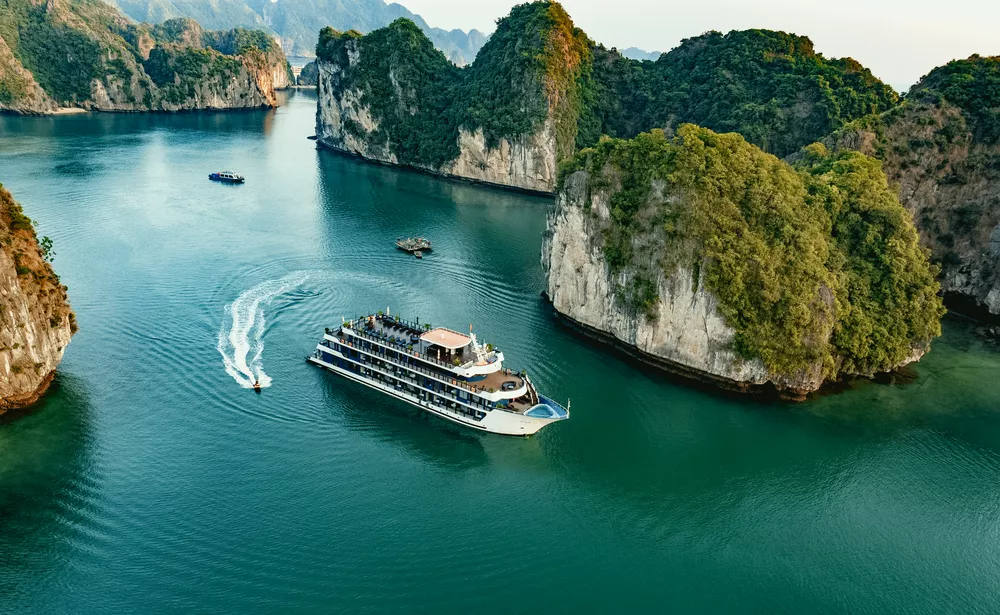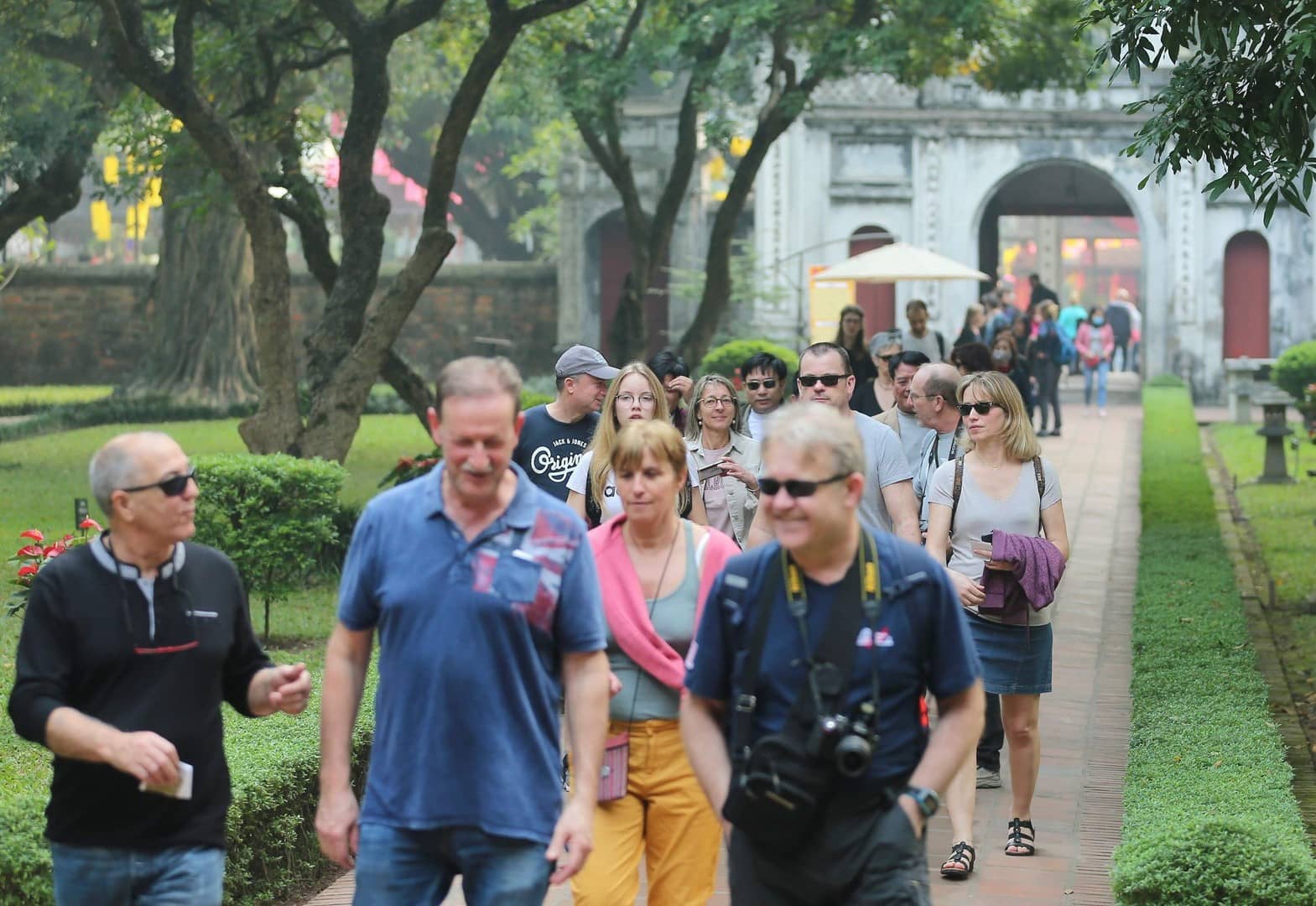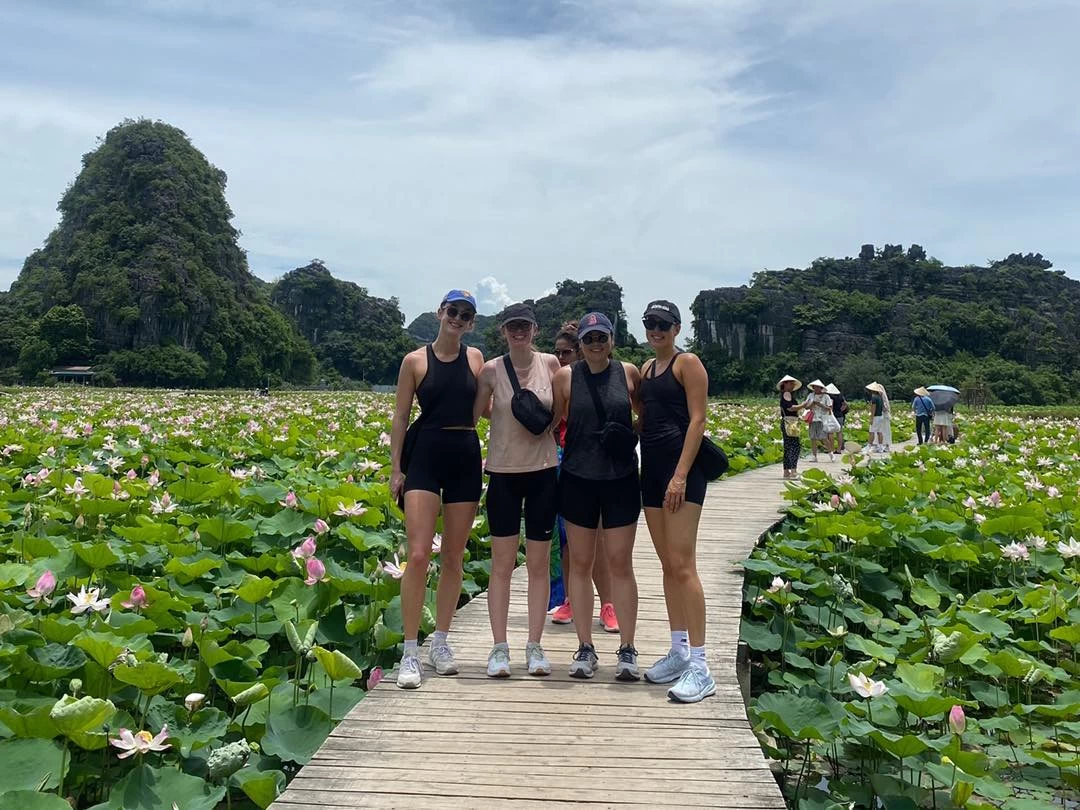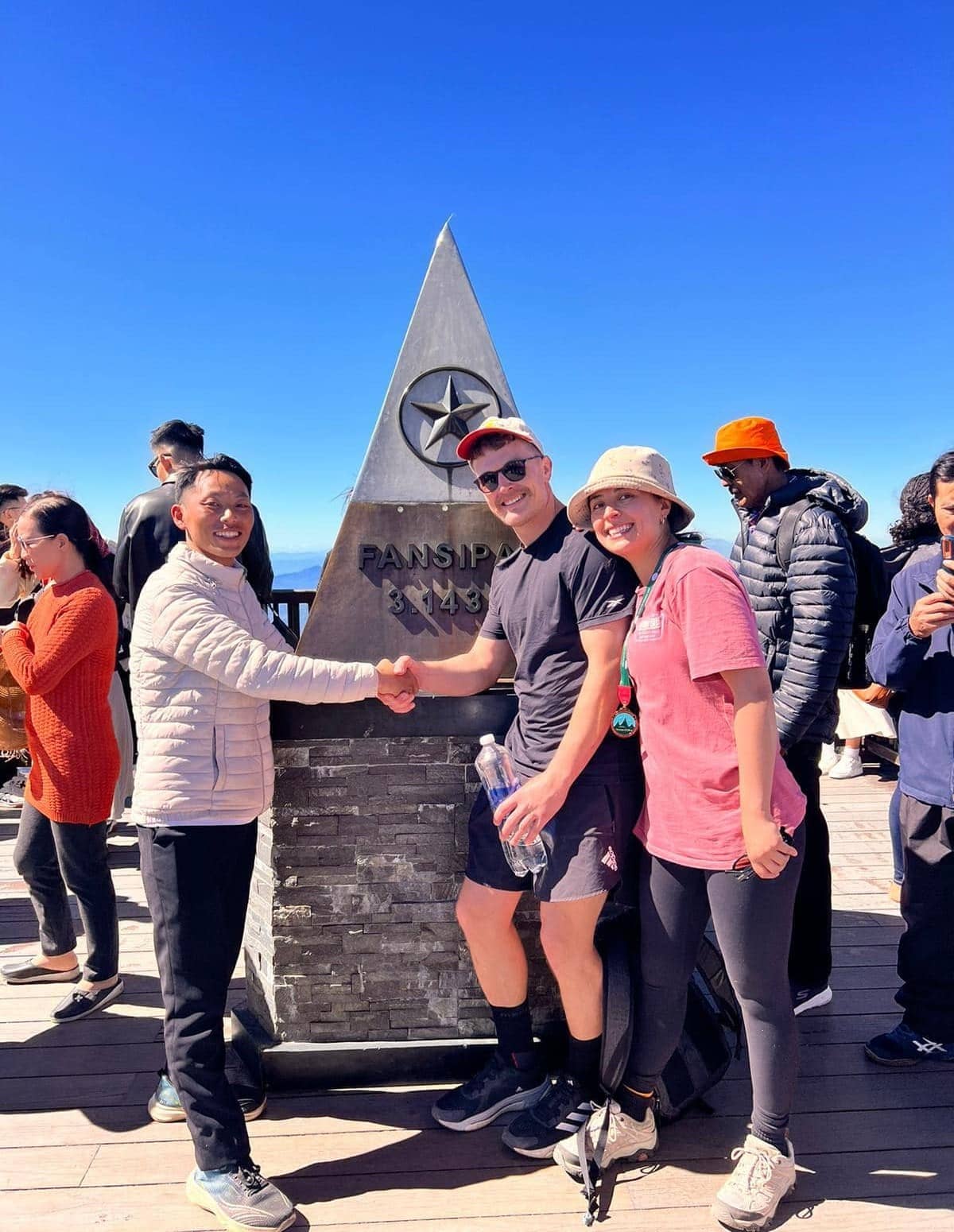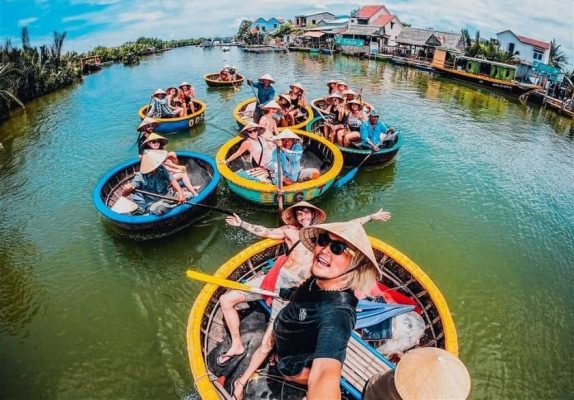
Let’s explore the most famous places in Vietnam!
Let’s explore where to go in Vietnam now. Central Vietnam and Southern Vietnam are two lands that not only have a long history but also possess beautiful landscapes and world cultural heritage. Join Ula Travel to explore the most attractive destinations in Central and Southern Vietnam, where every step contains a story and every scene is a vivid picture.
1. Where to Go in Vietnam for Historical Sites? It’s Hue
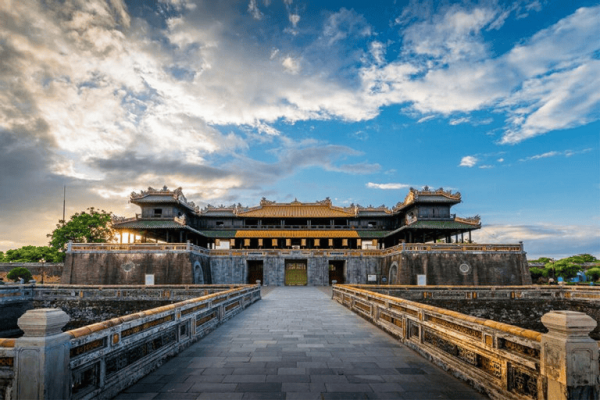
Imperial City of Hue
Hue, the former imperial capital of Vietnam, is a city steeped in history, culture, and timeless charm. Nestled along the banks of the Perfume River, Hue was once the seat of the Nguyen Dynasty (1802-1945), the last ruling dynasty of Vietnam. Today, it remains one of the country’s most captivating destinations, offering travelers a perfect blend of historical relics, natural beauty, and rich traditions. Recognized as a UNESCO World Heritage Site, Hue is a must-visit for those looking to immerse themselves in Vietnam’s royal heritage, explore ancient architecture, and savor its renowned cuisine.
Best places to visit in Hue:
- Imperial City of Hue: A UNESCO World Heritage Site and the former seat of the Nguyen Dynasty. Explore the Forbidden Purple City, the Imperial Enclosure, and numerous palaces, temples, and gates.
- Thien Mu Pagoda: A historic Buddhist temple overlooking the Perfume River, known for its seven-story pagoda and peaceful gardens.
- Khai Dinh Tomb: A majestic royal tomb built in a blend of Western and Eastern architectural styles, adorned with intricate mosaics and ceramic artwork.
- Minh Mang Tomb: An elegant royal tomb set amidst lush gardens and lotus ponds, showcasing traditional Vietnamese design and symbolism.
- Dong Ba Market is Hue’s largest market, offering a vibrant array of local products, handicrafts, and street food.
Things to do in Hue:
- Explore Hue on a Cyclo Tour: A traditional cyclo ride around the city offers a slow-paced, immersive way to take in the historic streets and landmarks.
- Take a Dragon Boat Cruise on the Perfume River: This is a must-do activity, especially in the evening when the river lights up with floating lanterns and traditional music performances.
- Join a Hue Cooking Class: Hue’s cuisine is famous for its imperial origins. Many local cooking classes teach visitors how to make dishes like banh khoai (Hue pancake) and nem lui (lemongrass skewers).
Best time to visit Hue:
- The best time to visit Hue is during the dry season, from March to August, when the weather is warm and ideal for sightseeing.
- For a cultural experience, visit Hue during the Hue Festival (held every two years in April or May), which features traditional performances, street parades, and historical reenactments celebrating the city’s heritage.
Hue is a city that transports visitors back in time to Vietnam’s imperial past with its majestic architecture, tranquil rivers, and rich cultural heritage. Whether you’re exploring ancient citadels, admiring royal tombs, or savoring the flavors of Hue cuisine, Hue promises a journey filled with discovery and fascination. Come and immerse yourself in the captivating history and charm of this timeless city.
Click here: Hue tours
2. Da Nang – The Most Livable City in Vietnam
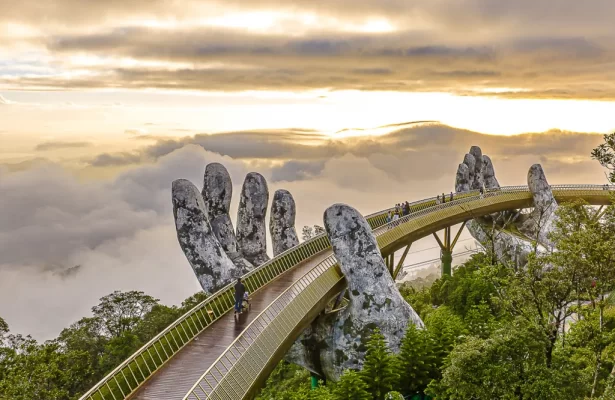
Da Nang is one of the must-visit Vietnam attractions.
Da Nang, a vibrant coastal city in central Vietnam, is one of the top travel destinations in Southeast Asia. Known for its stunning beaches, rich history, and modern attractions, Da Nang seamlessly blends natural beauty with urban charm. Whether you’re looking for breathtaking landscapes, cultural experiences, or adventurous activities, Da Nang has something for every traveler.
Best places to visit in Da Nang:
- My Khe Beach: One of the most picturesque beaches in Vietnam, with its golden sands and clear blue waters, is ideal for swimming, sunbathing, and water sports.
- Ba Na Hills: a hill station and resort complex offering breathtaking views of the surrounding mountains, as well as attractions like the Golden Bridge and French village.
- Marble Mountains: A cluster of five limestone and marble hills, each named after one of the five elements, featuring caves, pagodas, and panoramic viewpoints.
- Dragon Bridge: an iconic bridge spanning the Han River, known for its dragon-shaped design and nightly fire-breathing performances.
- Han Market: A bustling market offering a wide range of local products, including fresh produce, seafood, handicrafts, and souvenirs.
- Son Tra Peninsula: a scenic area known for its lush forests, winding roads, and the towering Lady Buddha statue at Linh Ung Pagoda.
Things to Do in Da Nang:
- Take a cable car to Ba Na Hills—experience the world’s longest cable car ride with scenic mountain views.
- Explore Marble Mountains—Hike through caves, temples, and pagodas while enjoying panoramic views.
- Watch the Dragon Bridge Show—See the dragon breathe fire and water every Saturday and Sunday night.
- Visit Local Markets—Shop for unique souvenirs and taste Vietnamese street food at Han Market.
- Discover Son Tra Peninsula – Rent a motorbike and explore hidden beaches, forests, and the famous Linh Ung Pagoda.
- Experience Nightlife—Enjoy rooftop bars, riverside cafes, and night markets.
Best Time to Visit Da Nang:
- The best time to visit Da Nang is from March to August, when the weather is warm and sunny, ideal for beach activities and sightseeing.
Da Nang combines natural beauty, cultural richness, and modern amenities, making it a dynamic and appealing destination for travelers. Whether you’re seeking relaxation on the beach, adventure in the mountains, or exploration of vibrant city life, Da Nang has something for everyone. Come and experience the dynamic vibes of this coastal gem.
You might be like: Da Nang Tours
3 . Hoi An – The Ancient Town of Lanterns
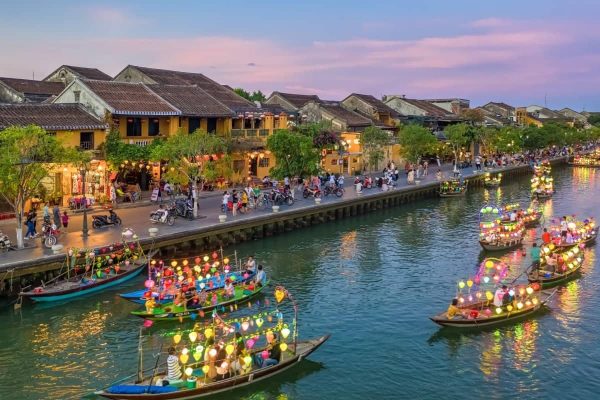
Hoi An is one of the Vietnam attractions not to be missed
Hoi An, a UNESCO World Heritage Site, is one of Vietnam’s most captivating destinations. Located on the central coast, this ancient town boasts well-preserved architecture, lantern-lit streets, and a unique blend of cultural influences from China, Japan, and Europe. Hoi An was once a bustling trading port between the 15th and 19th centuries, and today, it retains its old-world charm while offering a vibrant experience for visitors.
Best Places to Visit in Hoi An:
- Hoi An Ancient Town: The heart of Hoi An, this well-preserved town is filled with centuries-old merchant houses, temples, and bridges. Highlights include the Tan Ky House, the Assembly Hall of the Fujian Chinese, and the vibrant night market.
- Japanese Covered Bridge: Built in the 16th century, this historic bridge is an iconic landmark of Hoi An. With its intricate wooden carvings and a small temple inside, it reflects the fusion of Vietnamese, Japanese, and Chinese architectural styles.
- An Bang Beach: Just a 10-minute drive from the Ancient Town, An Bang Beach is known for its golden sand, clear water, and relaxing atmosphere. It’s an excellent spot for sunbathing, swimming, and enjoying fresh seafood at beachfront restaurants.
- Tra Que Vegetable Village: A peaceful farming village where visitors can experience traditional Vietnamese agriculture. Try your hand at planting herbs, watering crops, and enjoying a farm-to-table meal.
- Bay Mau Coconut Forest: Also known as the “Cam Thanh Water Coconut Village,” this mangrove forest offers a fun eco-tourism experience. Visitors can ride in traditional basket boats, watch local performances, and learn about the fishing techniques of the region.
- My Son Sanctuary: Located about 40 km from Hoi An, My Son is a complex of ancient Hindu temples built by the Champa Kingdom between the 4th and 14th centuries. It’s a must-visit for history and culture enthusiasts.
- Hoi An Night Market: This vibrant market comes alive in the evening, offering souvenirs, handicrafts, and delicious street food. The sight of thousands of lanterns illuminating the streets makes for an unforgettable experience.
Things to Do in Hoi An:
- Take a Lantern-Making Workshop: Hoi An is famous for its colorful lanterns. Join a workshop and learn the traditional art of lantern making from local artisans.
- Explore Hoi An by Bicycle: Rent a bicycle and explore the town’s charming alleys, countryside, and beaches at your own pace.
- Go on a Food Tour: Hoi An is a foodie’s paradise. Try local specialties like Cao Lau, Banh Mi Phuong, and White Rose Dumplings at the town’s best eateries.
- Take a Boat Ride on the Thu Bon River: Enjoy a scenic sunset cruise along the Thu Bon River, where you can release floating lanterns for good luck.
- Get Custom-Made Clothes: Hoi An is famous for its tailor shops, where you can get high-quality, custom-made clothing within a day or two.
Best Time to Visit Hoi An:
- Dry Season (February–August): This is the best time to visit, with warm temperatures and little rain. March to May offers pleasant weather, while June to August is hotter but ideal for beach activities.
Hoi An enchants visitors with its timeless beauty and rich cultural heritage. Whether you’re wandering through ancient streets, relaxing on pristine beaches, or savoring local delicacies, Hoi An offers a memorable and enchanting experience. Come and discover the magic of this charming city.
Start your journey with: Hoi An Tours
4. Nha Trang – City of Beautiful Beaches
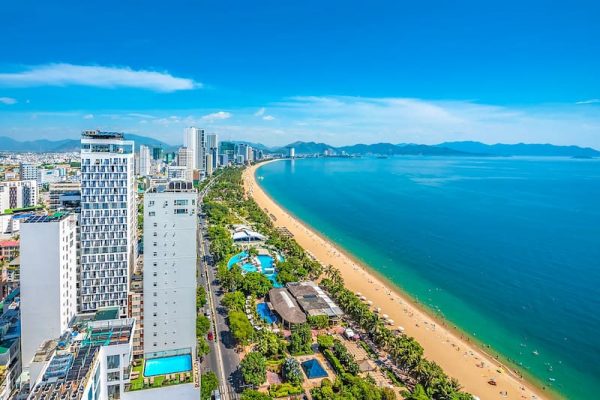
The coastal beauty of Nha Trang
Nha Trang is one of the most beautiful coastal cities in Vietnam, famous for its long beaches, crystal-clear waters, and diverse marine ecosystem. Dubbed the “Riviera of the East Sea,” Nha Trang attracts visitors not only with its stunning natural landscapes but also with fascinating attractions, exciting activities, and rich cuisine. With a mild climate year-round, this city is an ideal destination for beach lovers and those eager to explore local culture.
Best places to visit in Nha Trang:
-
Bai Dai Beach: One of the most pristine and beautiful beaches in Nha Trang, featuring soft white sand, crystal-clear waters, and a peaceful ambiance.
- Hon Mun Island: This is Vietnam’s most important marine reserve, renowned for its vibrant coral reefs and diverse marine life. Scuba diving is a must-try activity here.
- Po Nagar Cham Towers: An ancient Cham architectural site dating back to the 8th-13th centuries, Po Nagar Towers are a cultural and historical landmark of the Cham Kingdom.
- Long Son Pagoda: Famous for its 24-meter-tall white Buddha statue on a hilltop, offering panoramic views of Nha Trang city.
- Nha Trang Night Market: A bustling market offering a wide range of local street food, fresh seafood, souvenirs, and handicrafts.
Things to Do in Nha Trang:
- Scuba Diving and Snorkeling: Nha Trang is an ideal place for underwater activities, especially at Hon Mun and Yen Island.
- Sunset Cruise on Nha Trang Bay: Enjoy a romantic dinner and admire the sunset on a luxurious five-star cruise.
- Mud Bathing: Mud baths in Nha Trang are highly popular for their relaxation and health benefits.
- Savor Fresh Seafood: Nha Trang is famous for its diverse seafood, including lobster, blue crabs, sea urchins, and sweet snails.
- Kayaking on the Cai River: A fun activity to explore the natural beauty and local life along the riverbanks.
Best Time to Visit Nha Trang:
- Dry Season (January – September): This is the best time to visit Nha Trang, with sunny weather, calm seas, and average temperatures ranging from 25 to 30°C.
Nha Trang’s coastal beauty and vibrant atmosphere make it a popular destination for beach lovers, adventure seekers, and culture enthusiasts alike. Whether you’re exploring underwater wonders, indulging in delicious cuisine, or simply relaxing on the beach, Nha Trang offers an unforgettable experience. Come and discover the charm of this coastal paradise.
Are you looking for: Nha Trang Tours
5. Ho Chi Minh City – The Bustling Metropolis
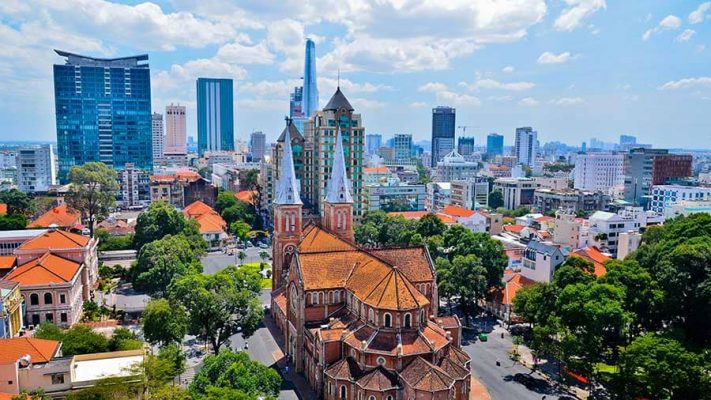
The dynamic energy of Ho Chi Minh City
Ho Chi Minh City, also known as Saigon, is the vibrant economic and cultural hub of Vietnam. It is an unmissable destination for travelers looking to explore a unique blend of history, culture, and modern life. The city is distinguished by its skyscrapers, traditional markets, diverse street food, and colonial-era architectural landmarks.
Best places to visit in Ho Chi Minh City:
- Ben Thanh Market is one of the oldest and most iconic markets in the city, offering a wide range of goods, including clothing, souvenirs, and local street food.
- War Remnants Museum: a sobering museum documenting the Vietnam War through photographs, artifacts, and exhibits, providing insight into the country’s turbulent past.
- Reunification Palace: Formerly the Presidential Palace of South Vietnam, this historic landmark offers guided tours showcasing its opulent architecture and significant events.
- Notre-Dame Cathedral Basilica of Saigon: A stunning example of French colonial architecture, featuring a red brick façade and twin bell towers, is located in the heart of the city.
- Saigon Central Post Office: Another architectural gem designed by Gustave Eiffel, where visitors can admire the grand interior and send postcards from its historic booths.
-
Cu Chi Tunnels: Located about 70km from downtown, the Cu Chi Tunnels are a historic underground network used during wartime, offering insight into Vietnam’s military history.
Things to Do in Ho Chi Minh City:
- Explore street food: Try signature dishes like pho, banh mi, grilled pork noodles, broken rice, and fresh spring rolls.
- Take a boat trip on the Saigon River: A great way to enjoy the sunset and cityscape from the water.
- Visit unique coffee shops: Ho Chi Minh City is home to numerous vintage cafes and rooftop coffee spots with stunning views.
- Experience night markets: Besides Ben Thanh Market, visitors can check out Hanh Thong Tay Night Market or Ho Thi Ky Flower Market.
Best Time to Visit Ho Chi Minh City:
- Dry season (December – April): The best time to visit, with sunny weather, little rain, and ideal conditions for outdoor activities.
Ho Chi Minh City pulsates with energy and offers a blend of modernity and tradition, making it a captivating destination for travelers. Whether you’re exploring historic landmarks, indulging in delicious cuisine, or experiencing the city’s vibrant nightlife, Ho Chi Minh City promises an unforgettable adventure. Come and immerse yourself in the dynamic spirit of this bustling metropolis.
Do not miss: Ho Chi Minh City tours
6. Mekong Delta – The Rice Bowl of Vietnam
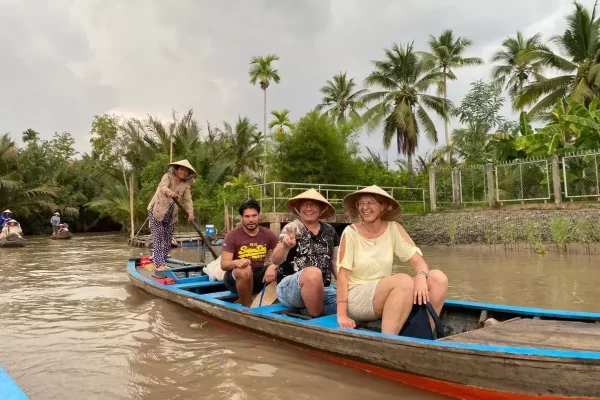
The Enchanting Mekong Delta
The Mekong Delta, often referred to as the “Rice Bowl” of Vietnam, is a lush and fertile region in the southern part of the country known for its intricate river systems, verdant rice paddies, and vibrant floating markets.
Best places to visit in Mekong Delta:
- Cai Rang Floating Market: One of the largest and most bustling floating markets in the Mekong Delta, where vendors sell fresh produce, seafood, and handicrafts from boats.
- Vinh Trang Pagoda: A beautiful Buddhist temple adorned with intricate carvings and statues, located in the town of My Tho.
- Ben Tre Province: Known as the “coconut kingdom,” Ben Tre is famous for its coconut groves, lush orchards, and tranquil waterways, perfect for boat cruises and biking tours.
- Can Tho City: The largest city in the Mekong Delta, Can Tho is a vibrant urban center with a rich cultural heritage, lively markets, and scenic riverfront promenades.
- Tra Su Cajuput Forest: A pristine mangrove forest teeming with wildlife, including birds, fish, and reptiles, offers boat tours through its winding waterways.
Things to Do in the Mekong Delta:
- Explore the Floating Markets: Visit Cai Rang, Phong Dien, or Long Xuyen floating markets early in the morning to witness the lively trade on the water.
- Take a Boat Tour: Cruise along the maze of canals, enjoying the stunning landscapes of nipa palm forests and local villages.
- Experience a Homestay: Stay with a local family, learn about traditional farming, and enjoy home-cooked Vietnamese meals.
- Visit Fruit Orchards: Taste tropical fruits like dragon fruit, rambutan, and durian at local gardens in Vinh Long and Ben Tre.
- Try Local Delicacies: Savor Mekong specialties such as hu tieu (rice noodle soup), banh xeo (Vietnamese pancake), and grilled snakehead fish.
Best Time to Visit the Mekong Delta:
- The best time to visit the Mekong Delta is from November to April, during the dry season, when the weather is pleasant and ideal for boat trips and outdoor activities.
The Mekong Delta offers a rich tapestry of natural beauty, cultural diversity, and authentic experiences that captivate visitors. Whether you’re cruising along scenic waterways, exploring bustling markets, or immersing yourself in local life, the Mekong Delta promises an unforgettable journey through the heart of Vietnam. Come and discover the enchanting allure of this timeless region.
More details: Mekong Delta Tours
As our journey through Central Vietnam and Southern Vietnam comes to an end, we bring back not only beautiful memories but also a deeper understanding of the history, culture, and people of these regions. From ancient monuments and majestic natural wonders to unique cultural features, each destination contributes to a panoramic view of a diverse and rich Vietnam. We hope that this journey leaves you with deep impressions and new inspiration, urging you to return and discover more of the wondrous land shaped like an “S.”
See more: Places to Visit in Vietnam



